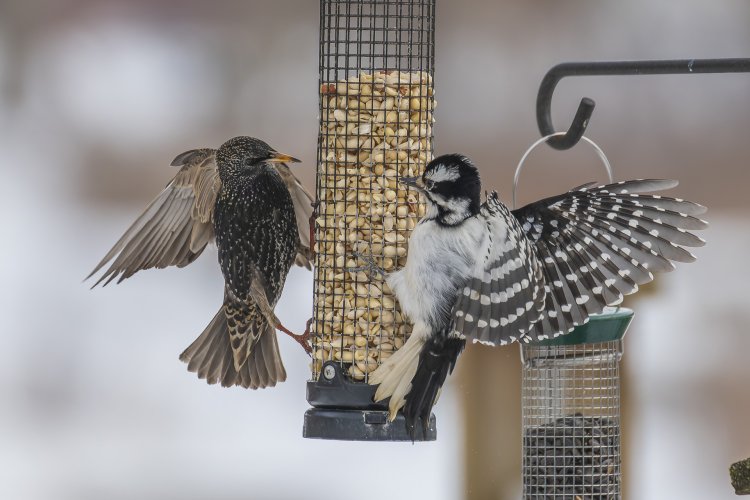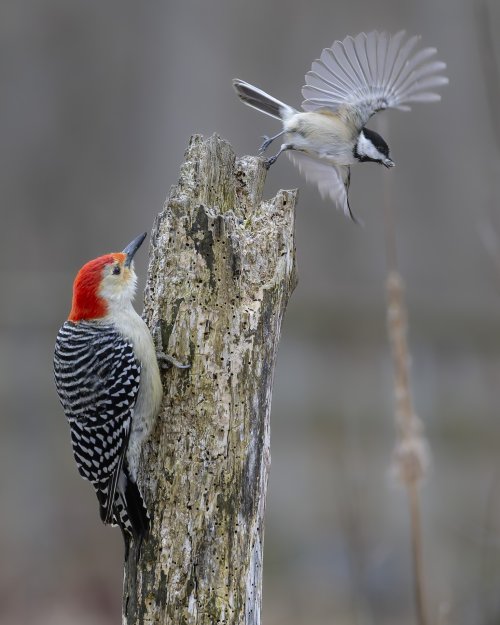Only the OP can really decide what focal lengths he will need, and this generally means knowing what you have required in the past.
For the OP, I have the 600TC, 600PF, 180-600, 100-400 and 70-200 covering my long lens requirements. I also have the 1.4x and 2x TC. I did own the 800PF but traded it in on the 600TC as I needed it to help fund the 600TC. The 800PF was a fantastic lens and I wish I didn't have to trade it in, but I needed the funds and the 600TC covered the 800+mm area as good or better than the 800PF.
I am specifically a birder, but also shoot animals and landscapes/waterfalls etc.
There is no doubt that the 600TC is the premier lens in my line-up. The only drawback being weight, but this lens is obviously not part of your equation.
The 600PF is a fantastic lens given its size, weight and price point. It pairs brilliantly with the 1.4x TC for an excellent 840mm f9 and is very sharp albeit at a slowish f9. Some have stated that it is just as good to crop rather than use the 1.4x TC but that is only true if you only need to crop to 840mm. The issue is that even with the 1.4x TC, you may still need to crop and that is where the TC makes the difference. In other words, if you need longer than 840mm, then it is better to use the TC and crop a little than to use the 600PF bare and have a huge crop - you may even run out of pixels! Mated in your bag with the 100-400 you have a great combo from basically 100 to 840mm. Another option is to use the 70-200 f2.8 and add the 1.4x TC for a 70/100-280mm f2.8/4 lens. The 70-200 is idiotically sharp and can be handy for very low light wide open shooting for great isolation etc. The advantage of the 600PF + 1.4x TC is it is very compact and light compared to the 800PF and another lens for shorter focal length duties.
In my experience as a birder here in Australia and limited experience outside of Oz, you can almost never have enough reach in most situations. Having said that, around the 800mm mark is where I find that it is the longest focal length for most applications. This is due to the fact that the shutter speed/aperture/ISO tradeoff is near the limit for best results. Longer than 800mm and shutter speeds need to be upped to counter subject movement - not so much camera shake as IBIS/VR is so good these days - and then your ISO goes up. Having said that, I have shot the 800PF as low as 1/40sec unbraced and the subject is as sharp as a tack - a very cooperative little bird stood perfectly still for a moment! - but this is a specific example and not the norm. Apertures with 800mm lenses are in the realms of f5.6 (the F mount is huge and heavy), or the PF at f6.3 at a manageable 2.4kg or the 600PF + TC at f9 and only 1.8kg combined. In other words, you are upping ISO due to high aperture numbers and this can take the edge off an image. However, I have also used the 800PF and added the 1.4x TC at times with good results, but there are few times when this can be achieved. Longer focal lengths also get affected by heat haze more easily.
If I were to travel and there were birding opportunities, I would be taking the 600PF (+1.4x TC) and probably the 100-400 (or 70-200) as well as 14-30/14-24 and 24-120 f4. If I needed to have even less weight and bulk, I would just take the 180-600 and the wider zooms. Even if I still had the 800PF, I would never take it on my travels due to the size, it is just too large.




